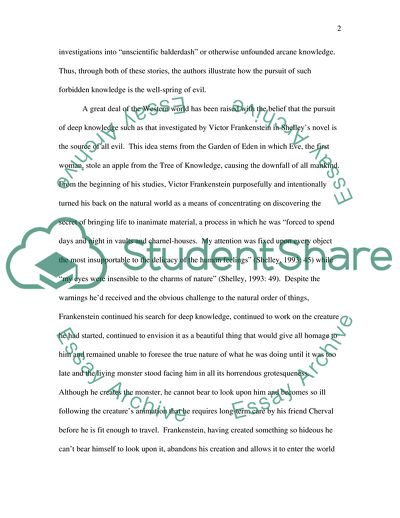Tale of Victor Frankenstein Essay Example | Topics and Well Written Essays - 1750 words. https://studentshare.org/literature/1712604-dr-jekell-mr-hyde
Tale of Victor Frankenstein Essay Example | Topics and Well Written Essays - 1750 Words. https://studentshare.org/literature/1712604-dr-jekell-mr-hyde.


